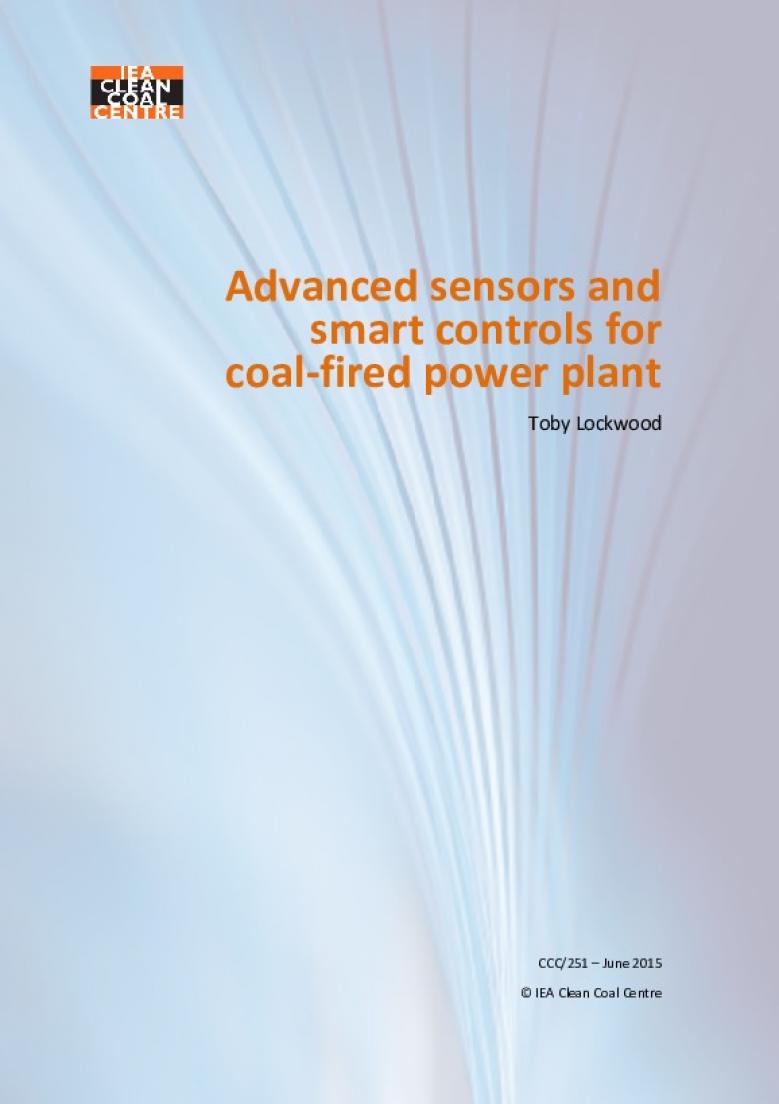Abstract
Coal power plant control systems have progressively evolved to meet the growing demand for efficient and flexible power generation whilst maintaining low emissions. In particular, optimisation of the combustion process has required increased use of online monitoring technologies and the replacement of standard control loops with more advanced algorithms capable of handling multivariable systems. Improved stoichiometric control can be achieved with coal and air flow sensors or imaging and spectral analysis of the flame itself, whilst in situ laser absorption spectroscopy provides a means of mapping CO and O2 distribution in hot regions of the furnace. Modern plant control systems are able to draw on a range of computational techniques to determine the appropriate control response, including artificial intelligence which mimics the actions of expert operators and uses complex empirical models built from operational data. New sensor technologies are also being researched to further improve control and to withstand the high temperature and corrosive environments of advanced coal plant and gasifiers. Increased use of optical technologies is of particular interest, with sensors based on optical fibres able to perform low noise, highly sensitive, and distributed measurements at high temperatures. Microelectronic fabrication techniques and newly developed high temperature materials are also being combined to develop miniaturised devices which provide a robust and low cost solution for in situ monitoring of gases and other parameters. These new sensors can be integrated with wireless communication technology and self-powering systems to facilitate the deployment of distributed sensor networks and monitoring of inaccessible locations. Using principles of self-organisation to optimise their output, such networks may play a growing role in future control systems.
| Attachment | Size |
|---|---|
| 2.07 MB |


